Real Fake News: Donald Trump and Where Japanese Manufacturers Choose to Build Their Cars

On Monday, President Donald Trump requested that Japanese automakers consider assembling their vehicles in the United States. “Try building your cars in the United States instead of shipping them over. That’s not too much to ask,” Trump told Japanese auto executives during this week’s visit. “Is it rude to ask?”
While the internet response was to immediately scoff at how little Trump knew about the industry (Japanese companies have been building automobiles in North America for decades), the reality was far more nuanced.
Taken in the broader context, Trump actually said, “Several Japanese automobile industry firms have been really doing a job. And we love it when you build cars — if you’re a Japanese firm, we love it — try building your cars in the United States instead of shipping them over. Is that possible to ask? That’s not rude. Is that rude? I don’t think so.”
He then went out of his way to congratulate and thank Toyota and Mazda for investing $1.6 billion in the construction of a new manufacturing plant within the United States, which is estimated to create around 4,000 jobs. Trump also said that he wanted Japanese automakers to understand that the U.S. wants their business and would get the necessary approvals to manufacture within the country, thanking them repeatedly for having “confidence in the United States.”
While painting the president as a bit of a bullish ass isn’t particularly hard to do, we don’t want automotive news misrepresented. It wasn’t a perfect meeting, as he did subtly hint that Japan could be doing more in North America. But he does seem to be aware of where the industry is spending its money and setting up shop over the last few decades. We know that because he said so.
The point of the meeting was to drum up more business in the West and earn some goodwill, and he may have actually achieved that, despite the widespread mischaracterization of how the encounter actually went. Some outlets were, thankfully, a little more objective — with The Washington Post being among the first.
Some criticism is fair, as Japan already accounts for one-third of all domestic production in the U.S. Perhaps the country is already doing enough, considering a majority of what its automakers sell in the West is also built there. But there is no indication that the president didn’t know that prior to his statements. Still, Trump has made some cringeworthy claims about German cars in the past — suggesting they were “very bad,” despite German automakers being the largest domestic exporter by value in the U.S.
However, the key to this meeting — and the cornerstone of America’s trade deficit with Japan — revolved around getting more North American autos sold out East. That’s something Japan has had major problems with in the past. “Our trade with Japan is not fair and it’s not open,” he said on Monday. “The U.S. has suffered massive trade deficits with Japan for many, many years.”
That first bit is debatable, and we’ve dug into that topic in the past. Our takeaway was that Japan simply isn’t interested in American automobiles, nor has it been since tailfins went out of style. So there’s plenty of room for improvement in the region. We don’t expect Trump’s visit to change anything but, just maybe, this could lay the groundwork for a more equitable exchange — but don’t count on it.

A staunch consumer advocate tracking industry trends and regulation. Before joining TTAC, Matt spent a decade working for marketing and research firms based in NYC. Clients included several of the world’s largest automakers, global tire brands, and aftermarket part suppliers. Dissatisfied with the corporate world and resentful of having to wear suits everyday, he pivoted to writing about cars. Since then, that man has become an ardent supporter of the right-to-repair movement, been interviewed on the auto industry by national radio broadcasts, driven more rental cars than anyone ever should, participated in amateur rallying events, and received the requisite minimum training as sanctioned by the SCCA. Handy with a wrench, Matt grew up surrounded by Detroit auto workers and managed to get a pizza delivery job before he was legally eligible. He later found himself driving box trucks through Manhattan, guaranteeing future sympathy for actual truckers. He continues to conduct research pertaining to the automotive sector as an independent contractor and has since moved back to his native Michigan, closer to where the cars are born. A contrarian, Matt claims to prefer understeer — stating that front and all-wheel drive vehicles cater best to his driving style.
More by Matt Posky
Latest Car Reviews
Read moreLatest Product Reviews
Read moreRecent Comments
- Theflyersfan After looking it over, Honda, I want royalties for this one: The Honda Yawn.
- V8fairy Not scared, but I would be reluctant to put my trust in it. The technology is just not quite there yet
- V8fairy Headlights that switch on/off with the ignition - similar to the requirement that Sweden has- lights must run any time the car is on.Definitely knobs and buttons, touchscreens should only be for navigation and phone mirroring and configuration of non essential items like stereo balance/ fade etc>Bagpipes for following too close.A following distance warning system - I'd be happy to see made mandatory. And bagpipes would be a good choice for this, so hard to put up with!ABS probably should be a mandatory requirementI personally would like to have blind spot monitoring, although should absolutely NOT be mandatory. Is there a blind spot monitoring kit that could be rerofitted to a 1980 Cadillac?
- IBx1 A manual transmission
- Bd2 All these inane posts (often referencing Hyundai, Kia) the past week are by "Anal" who has been using my handle, so just ignore them...



















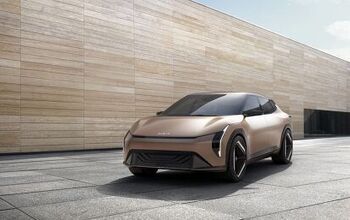
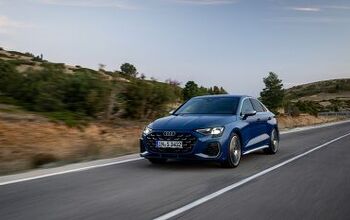
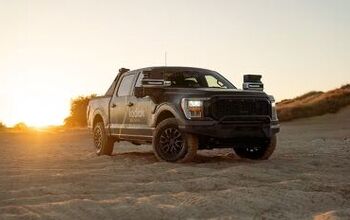
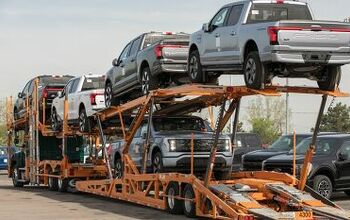
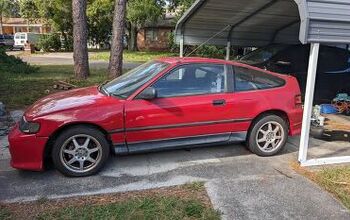
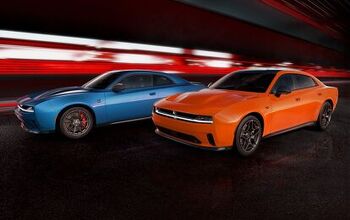
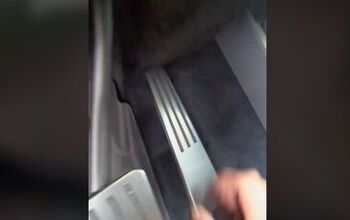
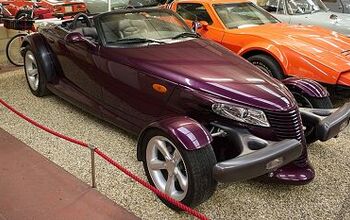
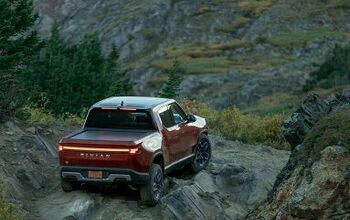
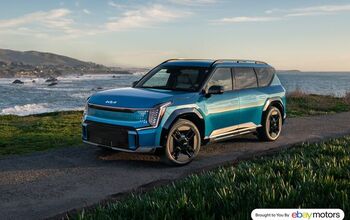

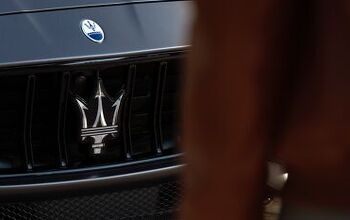
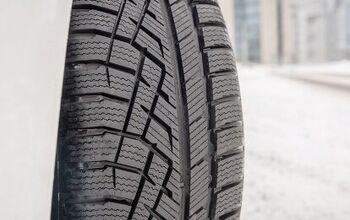
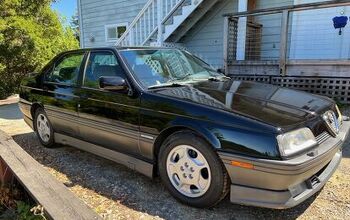
Comments
Join the conversation
Trump's biggest problem is that he's a jerk. He could make the most reasonable request of the Japanese automakers or government and he'll continue to be ridiculed because of his personality. Trump's fans may like that he's upsetting the apple cart, but what's the point of getting elected if you can't get anything done because no one trusts or respects you?
I live in the Detroit area and Robert Farago first hired me here at TTAC in part to rebut the notion that the domestic automakers were completely incompetent. I'm a big booster of Detroit and Michigan. For the past decade or more I've been trying to tell my neighbors that we don't build American cars in Detroit. We're the center of a global industry that recognizes this region as such. One advantage that the U.S. has is we allow 100% foreign direct investment and the profts derived from those investments to be repatriated. That encourages companies to invest here. Mahindra is opening up an assembly plant to put together ATVs. Toyota has invested billions in their R&D and related facilities in Ann Arbor. Hyundai/Kia have their own R&D center nearby. M14 between Detroit and Ann Arbor is lined with foreign based businesses like Brembo and Denso has a pretty big facility in Southfield. It doesn't surprise me that some in the media distorted Mr. Trump's remarks. Every single day I see headlines that spin the news. Part of this is deliberate, part of this is inneptitude. Much of what we read as "news" is from secondary and tertiary sources at best. It's a bit like the game of telephone where the message gets more garbled at every stage. When you work back to the original quotation in context it often doesn't mean what the headline infers.